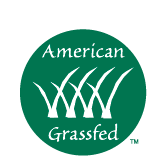Livestock Management & Watershed
When you order grass fed beef delivery from Thousand Hills Lifetime Grazed, we bring you more than delicious, nourishing food. The earth benefits from the way our cattle are raised.
Agricultural practices and watershed management are indelibly linked. The use of herbicides and pesticides degrade watersheds, as does poor farming and grazing practices. Proper livestock management and watershed health complement each other.

What Is Watershed?
Watersheds are areas of land in which rain and water sources drain into distinct outlets. For instance, streams in one watershed may all drain into a river, and in another watershed they head into a bay. Watersheds run the gamut in size, from relatively small to tremendous. They connect – large watersheds contain various smaller watersheds. Delineation usually occurs by the separation of watersheds by hills or mountains.
Watersheds are everywhere. They consist of surface water, including:
- Lakes
- Reservoirs
- Streams
- Wetlands
They also consist of groundwater. Watersheds collect precipitation, whether in the form of rain, snow, or ice. Precipitation falling on dry ground infiltrates the soil, with some eventually ending up in underground aquifers.
Healthy watersheds are critical for plant and animal life. Such health means that wetlands and vegetation support biodiversity by providing food and habitat. Because healthy watersheds are capable of carbon sequestration, they play a crucial role in combatting climate change. While climate change is responsible for changing precipitation patterns, a healthy watershed can better adapt to these changes. In addition, an ecosystem functioning naturally aids native species and is less likely to fall prey to invasive species, whether plant, animal, or insect.
How Does Livestock Management Affect Watershed?
Managed grazing is an integral part of regenerative agriculture. Grasslands evolved from the “ecological disturbance” provided by herbivores for millennia. Those herbivores ranged from antelope to bison to horses, and now include cattle.
Plant communities depend on these natural grazing patterns for their annual regrowth. As cattle graze, their hooves break up and aerate the soil. Their manure and other organic matter mixes into the soil, enriching it while creating habitats for other residents of the ecosystem. Water flow is stimulated.
Conventional cattle grazing, on which the animals graze continuously on the same land, serves as a significant source of non-industrial water pollution. It does not have to be that way, and at Thousand Hills Lifetime Grazed, we adhere to a different philosophy.
Studies done at Texas A&M found that using multi-paddock grazing for cattle, as opposed to conventional grazing, led to a 40 percent reduction in surface water runoff, along with a 5 percent increase in soil filtration. The bottom line is that more rainfall remained in the fields, boosting plant growth, and the rest seeped slowly into the groundwater. Downstream, that reduces the risk of flooding when heavy storms occur.
Multi-paddock grazing, a mainstay of regenerative agriculture, puts cattle on the land for short periods of time, where they can graze as nature intended. They are then moved to another area to restart the cycle. The land is not overgrazed, there is far less runoff, and the result is a gain in both water and carbon for the soil. The ground’s water holding capacity improves. The amount of precipitation that falls is less crucial than the amount of precipitation the ground keeps.
The environmental impact of cattle depends on how they are managed. With regenerative grazing, plans are devised with objectives for riparian habitat, stream beds, and other watershed facets. Regenerative grazing manages watershed and soil health.
Economic Benefits
The economic benefits of regenerative grazing practices go beyond the rural farm economy. The average person benefits because government flood mitigation costs are reduced. There is less need for the treatment of drinking water, reducing infrastructure costs. There is simply less “clean-up” necessary when following natural practices.
100% Grass-Fed, Grass-Finished Beef
Since 2003, Thousand Hills Lifetime Grazed has taken pride in the quality of our grass fed beef and the holistic grazing and management practices that help the environment. Building soil health, sequestering carbon, reducing runoff, and increasing biodiversity benefits the land along with adding nutrient density to our beef. Shop our 100% grass fed products, including steaks, briskets, roasts, and burgers. Explore our subscription options!
Order 100% Grass Fed, Grass Finished Beef from Thousand Hills Lifetime Grazed
When you order 100% grass fed, grass finished beef from Thousand Hills Lifetime Grazed, more than nutritious meat arrives in the package. These animals consumed a grass-based or forage diet for their entire lives. The way they were raised contributes to soil health and carbon sequestration. The meat is free from antibiotics, growth hormones, and other chemicals. Enjoy a fine meal while supporting regenerative agricultural practices.
It may just save the planet.


